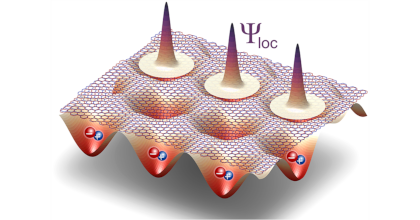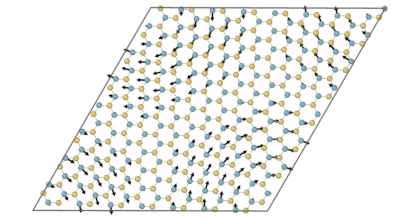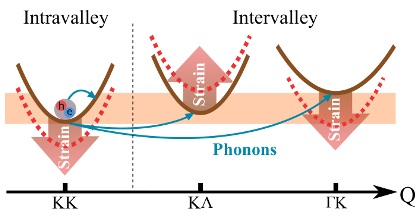Exciton landscape in van der Waals heterostructures
J. Hagel,
S. Brem,
C. Linderälv,
P. Erhart,
and
E. Malic
Physical Review Research 3, 18063
(2021)
arXiv:2109.10746
doi: 10.1103/PhysRevResearch.3.043217
Download PDF

Van der Waals heterostructures consisting of vertically stacked transition metal dichalcogenides (TMDs) exhibit a rich landscape of bright and dark intra- and interlayer excitons. In spite of a growing literature in this field of research, the type of excitons dominating optical spectra in different van der Waals heterostructures has not yet been well established. The spectral position of exciton states depends strongly on the strength of hybridization and energy renormalization due to the periodic moiré potential. Combining exciton density matrix formalism and density functional theory, we shed light on the exciton landscape in TMD homo- and heterobilayers at different stackings. This allows us to identify on a microscopic footing the energetically lowest lying exciton state for each material and stacking. Furthermore, we disentangle the contribution of hybridization and layer polarization-induced alignment shifts of dark and bright excitons in photoluminescence spectra. By revealing the exciton landscape in van der Waals heterostructures, our work provides the basis for further studies of the optical, dynamical and transport properties of this technologically promising class of nanomaterials.



